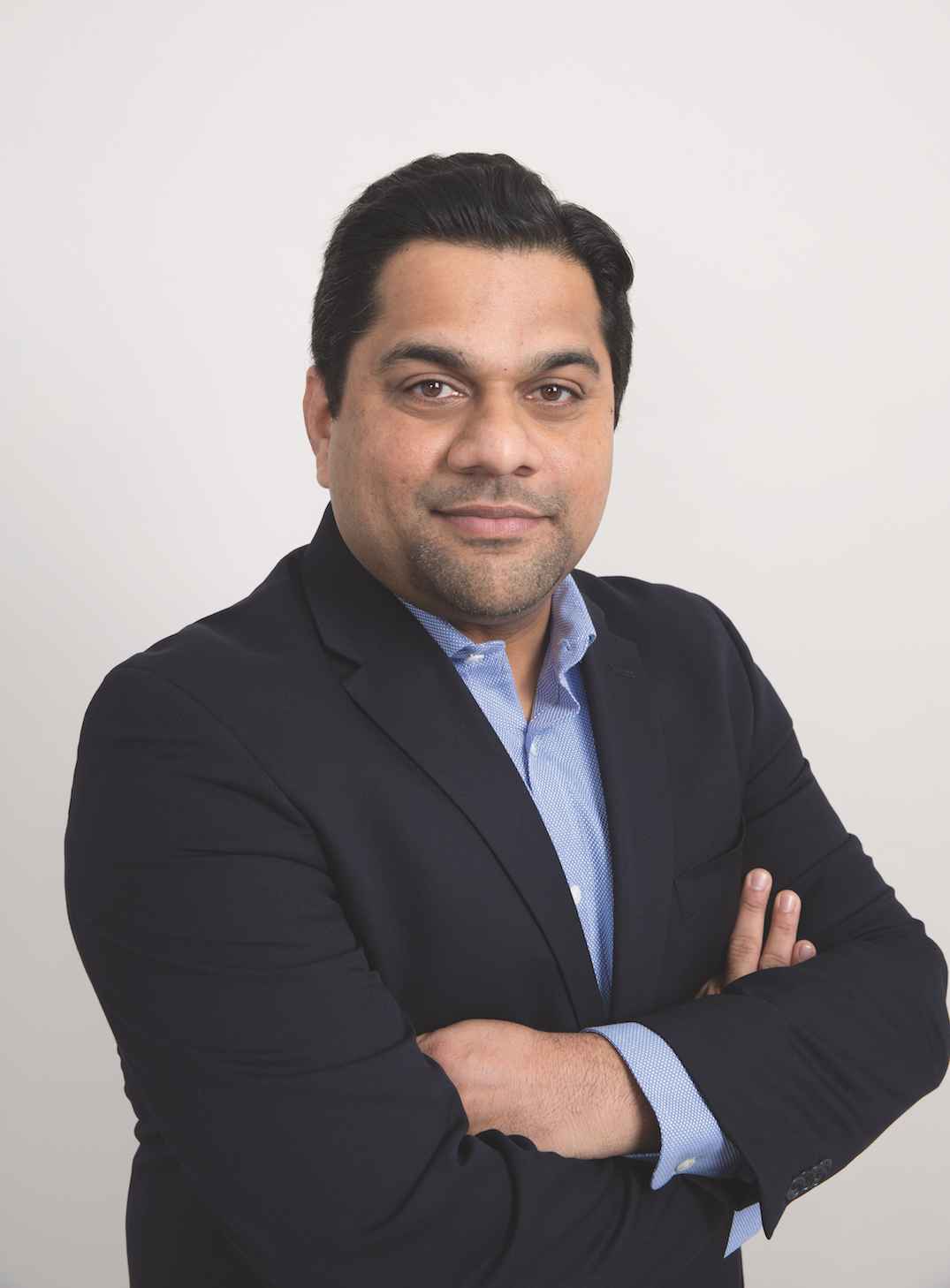POC Roundtable 2017
Med Ad News asked the healthcare agency roundtable panel from the magazine’s December 2017 cover story the following question:
How is your organization effectively implementing the point-of-care channel to advance health and healthcare outcomes? What are some of the emerging trends in POC communications?
Dana Maiman, CEO/President, FCB Health: What was once a siloed and unpredictable marketing experience, is now part of a seamless ecosystem allowing brands to really live up to the “right time, right channel, right message” motto they have adopted over the years.
This is fueled by two things:
1. Brands finally understanding that the mobile device should not be treated as a separate experience, and recognizing it as an experience enhancer that lives alongside all of their other channels. This has lead to some interesting tactics such as augmented reality posters and wall boards that allow patients to immerse themselves with their conditions leaving them not only more knowledgeable but also with a memorable brand experience. Not every tactic needs to be as cutting edge as AR, exam and waiting room tablets for example offer a unique way to deliver that same type of engaging content experience in exchange for collecting valuable user data.
2. Brands are finally leveraging their data to the fullest by partnering with DMPs and specialized services such as in-office wifi providers that allow them to onboard and list match to provide very targeted in office experience. When combined with advanced analytics platforms, we can provide real time, contextual-based messages understanding exactly where patients are within their treatment journey and what they need from us to move them onto the next stage of the pathway.
Given these trends, we take a very data driven approach to our POC experiences matching patient wants with brand needs to create optimal content pathways across a multitude of touchpoints both traditional and innovative that help to drive very specific outcomes along patients decision journeys.
Amar Urhekar, President, McCann Health Americas: Although the point-of-care channel has existed for decades as a critical relationship between the doctor and patient, the challenges remain remarkably the same. Last year, McCann Health conducted “The Truth About Doctors,” a unique proprietary study of “doctorness” in America. The study found that doctors feel that they are losing what it means to be a doctor, while (an alarmingly large) 53 percent of young people felt they could be a doctor with no training. This small part of the study highlights the growing rift in the point-of-care channel. As a health and wellness communications company, we not only focus our strategic and creative solutions towards closing this rift, we structured our agency around healing it.
The greatest emerging trends that we see are taking point-of-care out of the traditional doctor’s office. For example, pharmacy is pressing forward to play a leading role in patient centered care and outcomes. Pharmacists see patients 10 times more often than their doctor, and many have POC diagnostics on hand. The point-of-care starts with access to the patient, and pharmacy is the HCP with the closest point, through medicine as a vehicle for engagement, and high knowledge of the product, helping ensure better access to and safe use of appropriate medicines worldwide.
Finally, a trend to watch with caution as point-of-care evolves, is the tension between technology and security. More than two thirds of Americans have a smartphone, while companion apps and wearable devices to monitor health are becoming ubiquitous. Physical avatars, smart virtual assistants, and apps are changing our relationship with healthcare providers, and also leaving us vulnerable. Each year, some of the largest and most costly data breaches are in the healthcare space.
Faruk Capan, CEO, Intouch Solutions: I believe the point-of-care channel is an interesting one but still a work in progress. There is a lot of hype around it right now, but in my experience, there is still a ways to go in order to correctly apply the technology to the opportunity at hand. To work well, point-of-care content must work hard to match the mindset of the conversation that’s happening in the exam room. Is it diagnosis or education? There are touchscreens everywhere, but I question whether patients and doctors are using them the right way. Add to that, telehealth is on the rise and we can’t seem to get physicians’ noses out of their EMRs. The point-of-care channel will be one to watch.
James Talerico, Managing Director & Executive Creative Director, Heartbeat: Heartbeat sees point-of-care communications as one of the most critical areas of focus for nearly all of our clients. (And it’s pretty damn rare for us to say that!) So much so, we’re putting our investment where our mouth is by establishing an in-house practice dedicated to POC.
We’re targeting two key areas, with the first focused on systems of care – for clients with products that help to address conditions that are major drains on the system (think COPD, heart failure, etc.). In such cases, we can play a seminal role in helping the system create programs that highlight how changes in protocol can not only improve outcomes for patients, but also create major savings for the institution – true win-win scenarios. Marketing and communications begin with the system C-suite. Programs are then specifically built to funnel that ‘stamp of approval’ through the organization both through communication channels and with technical implementations in the workflow.
The possibilities here are rich and can create true behavior change, improving patient health and the health of the system overall. It’s big, exciting stuff and most brands have barely scratched the surface. In 2018, we think marketers should be digging deep in this area.
The second area is in the more “traditional” POC space – the doctor’s office, where the treatment decision/“moment-of-truth” offers brands the most impactful opportunity to reach the patient and HCP and influence healthcare decision making.
We call this “in-the-moment marketing” and it requires a deliberate, coordinated approach to present educational information (disease state or brand) in a way that advances patient and HCP understanding at each micro-moment of the visit: front desk, waiting room, exam room while waiting, exam with doctor, etc. Here, we co-create opportunities with technology partners to develop first-to-market solutions that bring HCP and patient together in the decision-making.
As the brand AOR, we develop that strong, point-to-point narrative that bridges patient and doctor knowledge and interests, so they can have a more productive dialog about condition management and treatment plans. As HCPs have less and less time with patients, this “communication brokerage” matters more and more. And we believe that if our clients aren’t engaged here, they are already behind!
Chris Millsom, VP, Digital Strategy Director, ghg: We are encouraging our clients to ensure that point of care is a standard component of their brand strategy, and tactics in the EHR in particular have proven to be an effective way of engaging the right physician with the right patient at the right time.
Understanding the variety of business rules available for the building of programs in the EHR is critical to ensuring a relevant and useful message for the target audience. Traditional criteria such as ICD-10 codes or physician specialties, combined with more specific rules such as ZIP code or lab value, can be helpful in crafting a program that addresses the right population and promotes a brand campaign.
Guidelines-based messages that have been recognized by institutions such as the CDC or NCCN are especially powerful for those products, with physicians seeing this type of tactic almost as another level of the clinical-decision support that they already see within their EHR workflow.
Launch products in particular should be familiar with EHR tactics, and integrate them into their day one planning and beyond – everything from drug-file integration to a classic banner ad can help ensure physicians have a smooth prescribing process, and that brand awareness grows in those first few days after approval.
Franchise-level tactics are becoming more common as the EHR evolves as a standard engagement channel, with companies wanting to be known for tactics that exist for all of their products. Having physicians know that a financial-support offer, for example, is available for all brands in a franchise helps to build that reputation and promote familiarity with franchises that have excellent patient-support initiatives in place.







